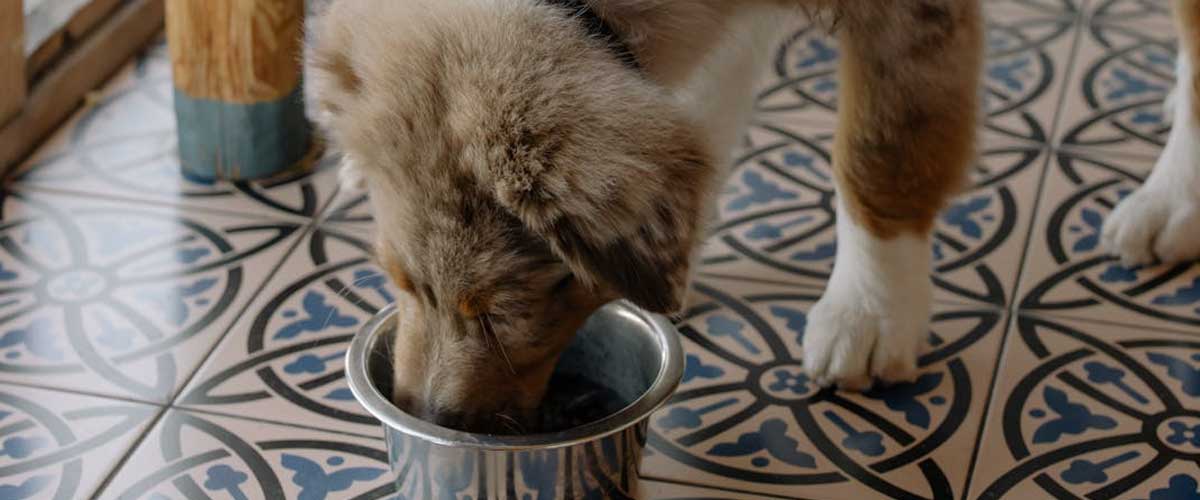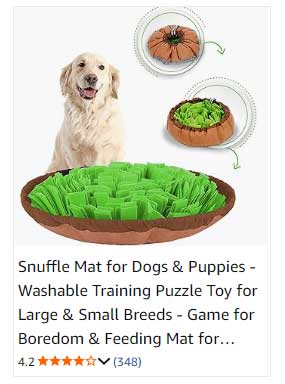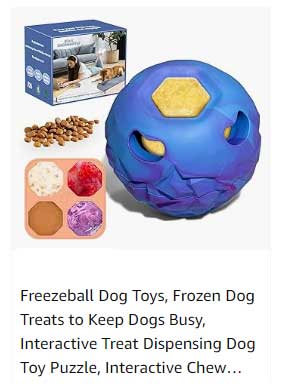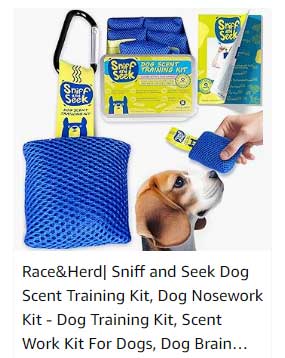Air fryers have gained immense popularity in recent years as a quick and healthy alternative to traditional frying methods.
Their ability to create crispy, delicious meals with minimal oil has many home cooks excited about their potential, not only for human dishes but also for pet food.
If you’re a dog owner contemplating using an air fryer to whip up some meals or treats for your furry friend, you might have some questions about safety and nutritional appropriateness.
Let’s explore this topic further.
Understanding Air Fryers
Air fryers work by circulating hot air around the food, producing a crispy exterior while keeping the interior moist.
This method usually requires much less oil than conventional frying, making it a popular choice for health-conscious individuals.
However, it’s essential to consider whether the same benefits translate to meals intended for dogs.
Potential Benefits
1. Healthier Cooking:
Using an air fryer can allow you to prepare your dog’s meals with less oil, potentially leading to a healthier diet.
For dogs with weight issues or those needing a lower-fat diet, this can be a significant advantage.
2. Customization:
Air fryers are perfect for making homemade dog treats or meals tailored to your dog’s specific dietary needs.
This can be particularly helpful for dogs with allergies or food sensitivities.
3. Ease of Use:
Air fryers are generally easy to use, allowing you to prepare meals quickly, which can be a big time saver for busy pet owners.
Safety Considerations
While cooking for your dog using an air fryer can have its benefits, several factors need to be considered:
1. Ingredients Matter:
Some foods that are perfectly safe for humans can be harmful to dogs.
For instance, while potatoes can be cooked in an air fryer, raw potatoes and certain seasonings (like garlic and onion) are toxic to dogs.
Always ensure that the ingredients you use are dog-safe.
2. Portion Control:
Air fryers can sometimes lead to cooked food that resembles fried versions of human food, which may encourage overindulgence.
It’s important to maintain portion control, ensuring that treats are an addition to a balanced diet rather than a replacement for regular meals.
3. High Temperatures:
Cooking at high temperatures can lead to the formation of harmful compounds if the food is burned or overcooked.
While air fryers typically don’t surpass cooking temperatures that are dangerous for dogs, it’s crucial to monitor and ensure food is cooked correctly.
4. Treats vs. Meals:
Air-fried treats should not replace a well-balanced dog diet that includes all the essential nutrients.
Regularly feeding your dog homemade meals from an air fryer without proper nutritional balance may lead to deficiencies.
Final Thoughts
Using an air fryer to prepare food for your dog can be safe and beneficial, provided you take precautions.
It’s crucial to use appropriate, dog-safe ingredients and maintain a healthy balance in your dog’s diet.
Always consult your veterinarian before introducing new foods into your dog’s diet, especially if you’re making homemade meals or treats.
If you’re careful with your ingredient choices and portion sizes, an air fryer can be a fun and efficient way to create tasty and healthier snacks for your canine companion.
Remember, a little creativity in the kitchen can go a long way in keeping your dog happy and healthy!












